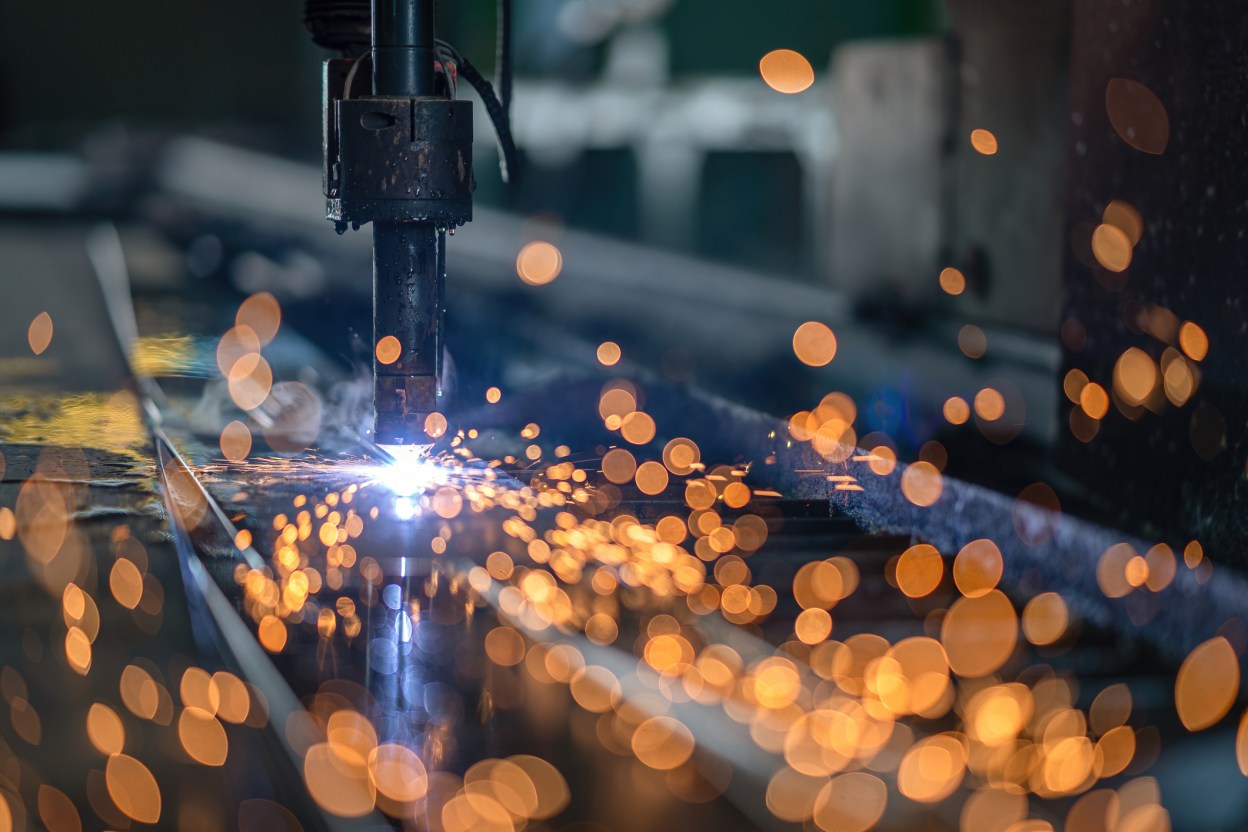Recent advances in technology, such as modern connectivity and computing, have opened the door for a manufacturing revolution. From digital twins to real-time process intelligence, manufacturers have the chance to make their industry smarter, more sustainable, and self-sufficient.
Yet, if you walk factory floors, it often feels like manufacturers aren't using these technologies to their full potential. In fact, a recent report by MAKE UK, the UK's primary manufacturing membership organization, found that only 45% of manufacturers have introduced digital technologies on the shop floor – meaning over half aren't even close to having the foundations needed to take advantage of these advanced, data-hungry innovations.
The concept of Industry 4.0 is not new by any stretch, yet as an industry that's consistently challenged to drive efficiencies in order to maintain profitability and competitiveness, it seems like an obvious path to take. Industry 4.0 has the potential to create a complete manufacturing revolution – so what is causing this slow adoption rate and how do we accelerate it?
What’s holding the manufacturing revolution back?
For many manufacturers, it isn’t for lack of awareness or trying, and many factories and workshops have been running hundreds of proof of concepts and pilots of these next generation technologies. Ford, for example, is using digital twin tools to accurately detect energy losses, pinpointing areas where energy can be conserved, and improve the overall performance of production lines. However, manufacturers hit barriers when trying to automate and modernize the heart of their manufacturing processes – their Operating Technology (OT) environments. OT is typically managed in isolation, or strictly separated from the standard IT world. OT is often built on years of legacy equipment, is reliant on the OT vendors’ standards, and therefore dependant on the vendors to modernize and innovate. Production management teams are – rightfully so – also hesitant to change or disrupt operations.
One manufacturing sector that is really feeling the pain is automotive. To remain competitive, automotive manufacturers need to have full visibility on their supply chains and need to make them as efficient as possible. And with increasingly stretched resources and high energy costs, digitization and other organizational agility practices are the only way forward. Industry 4.0 can go a good distance to addressing these challenges, but only if manufacturers can make the most out of their data and integrate their systems. Getting IT & OT right is critical.
How to marry IT & OT to make manufacturing 4.0 a reality
Making Industry 4.0 widespread will depend on digitization and a standardization of technology environments. A marriage of IT and OT will allow manufacturers to integrate different teams with different technologies and revolutionize their ability to turn data into intelligence, while increasing business agility and accelerating time to market. Harnessing computing power at the manufacturing Edge will also help to supercharge this data. But this can only be made a reality if their trusted technology partners change direction and propose a move and migration towards a more software defined, integrated manufacturing environment with open standards.
Integrating OT & IT, and making the most of Edge computing, leads to operational benefits in manufacturing. For example:
• By leveraging IT admin capabilities for OT, it allows for benefits such as zero-touch deployment, automated policy distribution, roll-back capabilities and patching without downtime (or within minutes, rather than days)
• Through edge compute platforms, applications and software packages can be moved to where they are best placed (instead of where hardware is positioned), close to the machinery or locations where compute is required to capture and analyze real-time process data
• Edge computing allows for real-time data to be managed where process control requires it most, such as at the point of action. This saves time and money as waste is proactively reduced thanks to real-time data inferencing
• Consider sustainability and carbon footprint benefits. Through the consolidation and elimination of hardware across the factory, manufacturers can consolidate workloads and optimize compute efficiency on standard industrial hardware, reducing energy consumption and therefore carbon emissions
• By allowing legacy and modern, containerized services to run on the same platform there is also a lowered operational risk of application migration and modernization
It’s true that convergence can only take place in greenfield plants, where the latest manufacturing equipment allows for the highest technology standards and full interoperability. That said, brownfield operations are still in a good position to take advantage of Edge and cloud computing, hardware and network virtualization. All combined, this will allow for better integration, data insights and ease of administration, helping to unlock and harness the full potential of smart manufacturing.
One great example of a manufacturing revolution is Audi, who is reinventing manufacturing through an innovative Edge vision. Commenting on a recent VMware announcement around Edge, Jörg Spindler, Global Head of Manufacturing Engineering, Audi remarked: “Audi wants to take factory automation to the next level and benefit from a scalable Edge infrastructure at its factories worldwide. Audi's Edge Cloud 4 Production will be the key component of this digital transformation, replacing individual PCs and hardware on the shop floor. Ultimately, it will increase factory uptime, agility, and the speed of rolling out new applications and tools across the production line, managing resources more efficiently, and lower operational costs.”
Looking to Industry 5.0
Whilst the integration of IT & OT is a relatively well known and acknowledged barrier to Industry 4.0, the adoption of the latest technologies at Edge level is one of the most critical steps to turbocharging the manufacturing revolution.
As OEMs, such as Siemens, Bosch Rexroth and other manufacturing equipment and platform technology vendors, transform to implement open standards and make parts of their portfolio truly software defined, manufacturers will also be able to move and transform at a faster pace, able to make the most out of technologies like predictive analytics, cognitive computing and artificial intelligence.
These tools are already growing in popularity and serve not only to reduce the potential for human error but also to improve production line efficiency, freeing up employees’ time for more valuable work. And once firmly established, manufacturers can shift up a gear further to Industry 5.0 - with man and machine working side by side to improve worker safety and wellbeing, and balancing output with sustainability.


